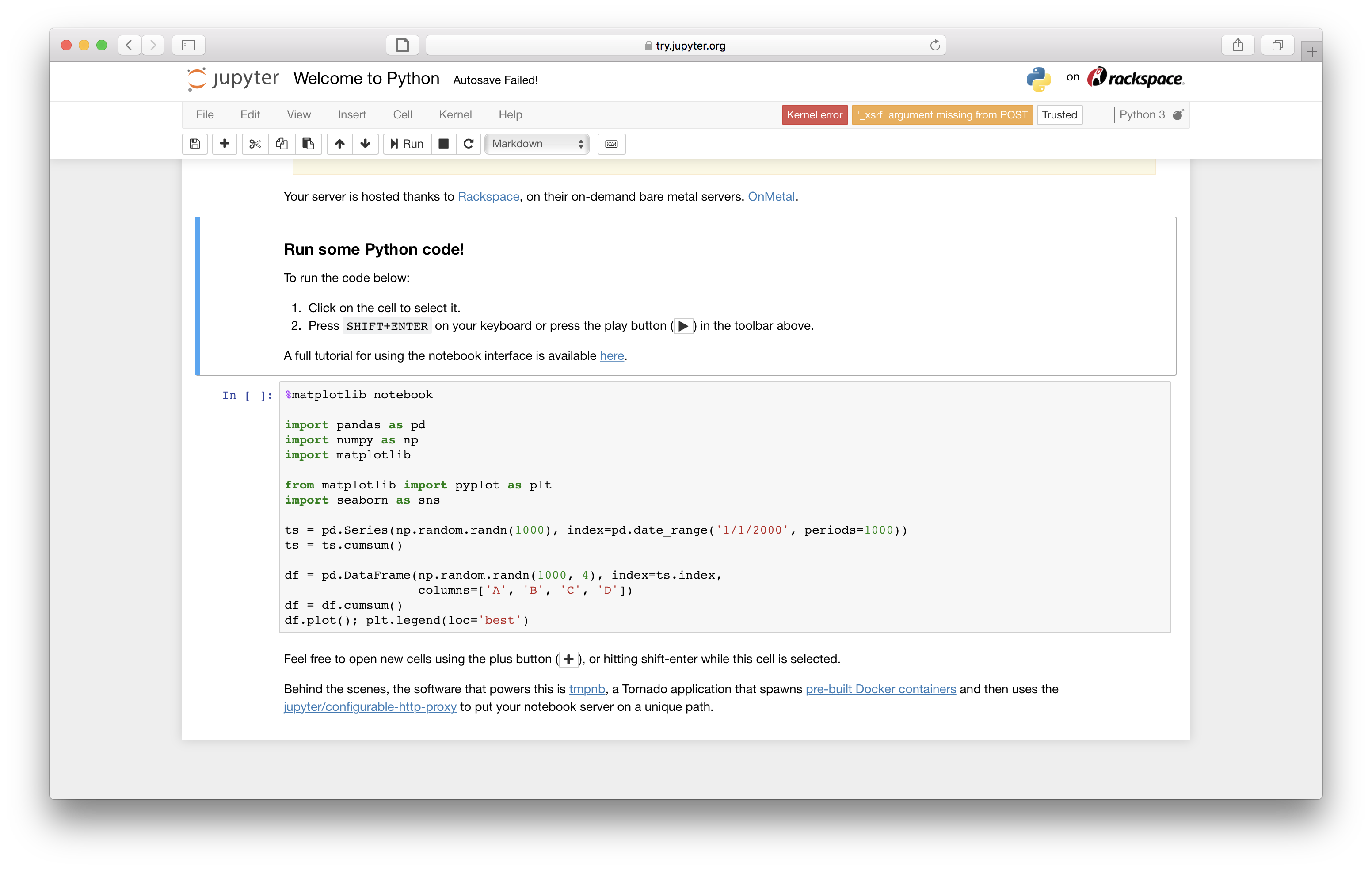
Here are some of the capabilities you gain when using Run:AI: With Run:AI, you can automatically run as many compute intensive experiments as needed. Run:AI automates resource management and orchestration for machine learning infrastructure. When running JupyterHub to serve a large group of data science users, you also need to maintain a machine learning infrastructure, enabling them to run experiments in an efficient and timely manner. You can use orchestrators like Docker when you opt to use containers. Alternatively, you can start the notebook server within a separate container. By default, a spawner starts a server on the machine currently running the system username. Other authenticators can enable users to log in using single-sign-on.Ī spawner creates a notebook server for each user, and defines how that notebook will be configured. PAM requires creating a user account per each user. It uses the user accounts that are located on the same server running JupyterHub. There are several authenticators available for controlling access to JupyterHub. Only the proxy is allowed to listen on a public interface. The proxy can then forward all requests to the Hub. When a user attempts to gain access, the Hub spawns a proxy based on the JupyterHub configuration. The Hub is responsible for handling logins and spawning single-user notebooks servers. To access JupyterHub from a web browser, a user can either use the domain name or IP address of the server. You can use this option to let multiple users gain remote access to Jupyter resources.

JupyterHub enables remote access -to JupyterLab as well as Jupyter Notebooks.JupyterHub provides connectivity -that enables you to connect users with the infrastructure required for their sessions.





 0 kommentar(er)
0 kommentar(er)
